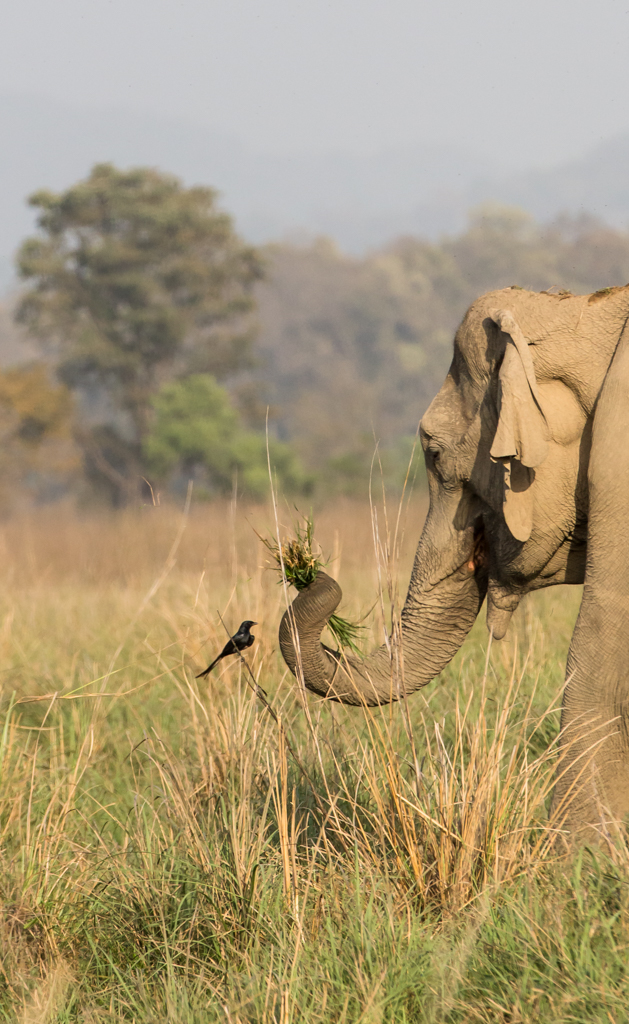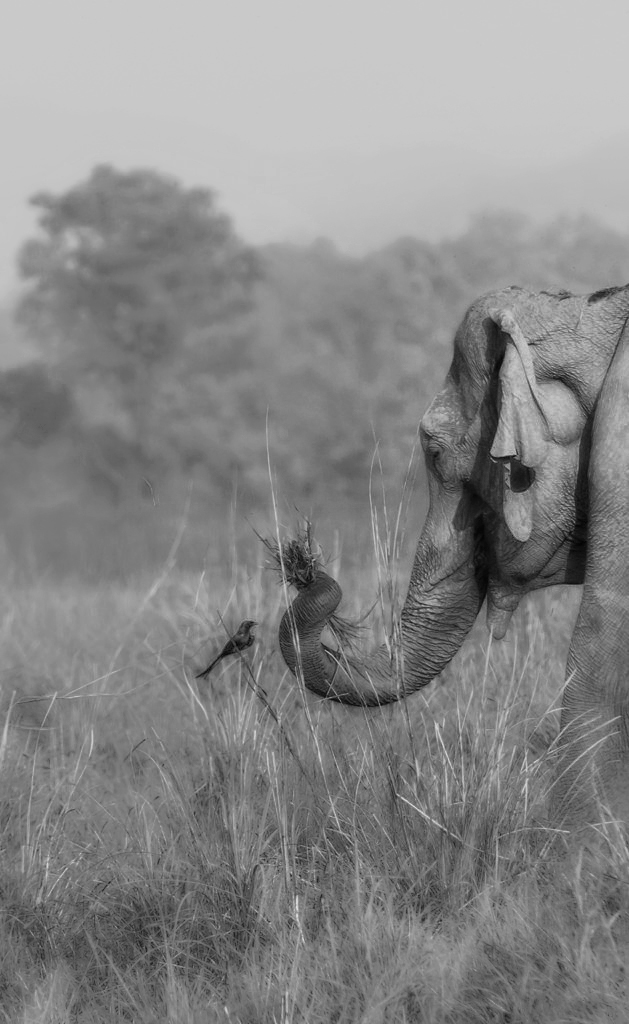haven't done much of selective sharpening/blurring before in post processing
Roshan, we can do selective sharpening/blurring using TS lenses too. For example no post processing (selective sharpening/blurring) on this
this one which is made using 85mm TS lens. That leads us to the topic on digital ethics. Most of the time it does not make sense. We are not talking about cloning head of an animal and and placing another here, but those manipulations that happened ever since the photography was invented. Nature as B&W is a big violation if we go by some of those norms. Often we take shelter under the argument that what was done earlier by Ansel Adams is well within the post processing norm! Or interesting arguments like what was done in good old days are valid - that includes - dodging, burning, selective exposures, masking, selective contrast/sharpening enhancements, using different kinds of films/slides to get different effects - tungsten film, grainy 800/1600 ISO films, infra red films, using various types of color filters.. and this list goes on and on. To sum up, analogue processing is just fine but digital is strict no no

Things are slowly changing for good.
Dodging and burning are steps to take care of mistakes God made in establishing tonal relationships..
― Ansel AdamsWas Ansel a photographer or an analogue (digital/PS did not exist then) artist?










